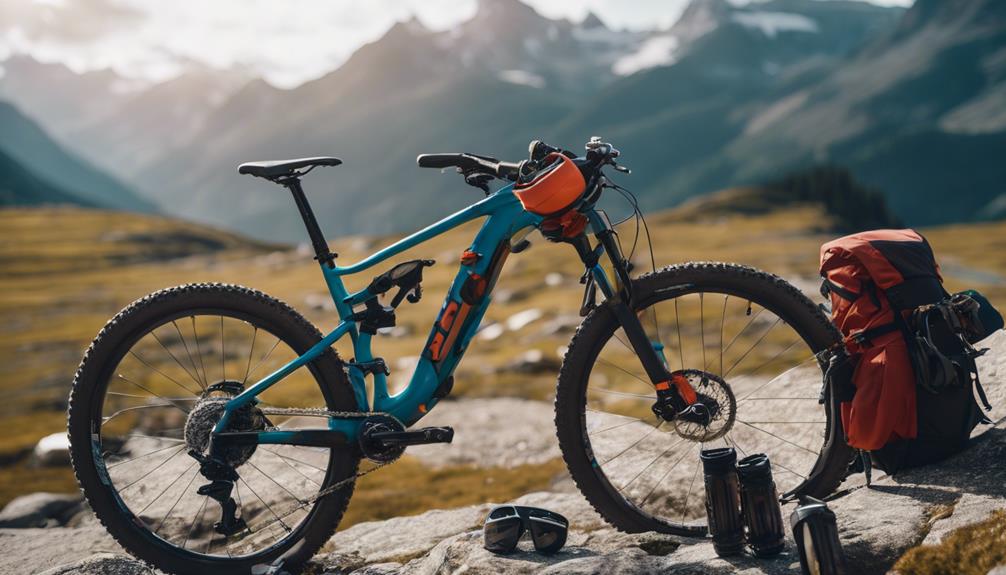Lowrider bikes have emerged as a unique cultural phenomenon, blending artistry, engineering, and a sense of community. These bikes, known for their distinctive style and customizable features, have roots deeply embedded in American culture, particularly within the Chicano and Latino communities. In this article, we will explore the history, design, cultural significance, and the vibrant community surrounding lowrider bikes.
The History of Lowrider Bikes
The origins of lowrider bikes can be traced back to the 1960s in Southern California. As car culture flourished, so did the interest in customizing bicycles. Lowrider bikes were inspired by the lowrider automobiles of the era, which featured lowered suspensions, flashy paint jobs, and elaborate accessories. The bicycle equivalents adopted similar themes, allowing enthusiasts to express their individuality and creativity.
Key Milestones in Lowrider Bike History
- 1960s: The birth of the lowrider bike as enthusiasts began to customize their bicycles to reflect the lowrider car culture.
- 1970s: Lowrider bikes gain popularity in urban neighborhoods, becoming symbols of pride and community among Latino youth.
- 1980s: The first lowrider bike shows are organized, showcasing the creativity and craftsmanship of builders.
- 2000s: Lowrider bikes become mainstream, with brands producing mass-market versions, while custom builders continue to thrive.
The Anatomy of a Lowrider Bike
Lowrider bikes are characterized by their unique design elements and features, which set them apart from standard bicycles. The following components are essential in defining a lowrider bike:
- Frame: Lowrider bikes typically have elongated frames that allow for a distinctive, stretched-out look.
- Wheels: Larger wheels with low-profile tires are often used, enhancing the bike’s aesthetic appeal.
- Suspension: Many lowrider bikes are equipped with custom suspension systems that allow for a lowered ride height.
- Paint and Finish: Custom paint jobs featuring vibrant colors, patterns, and chrome accents are a hallmark of lowrider bikes.
- Accessories: Riders often add accessories like handlebars, saddles, and decorative elements to personalize their bikes.
Craftsmanship and Customization
The art of building a lowrider bike goes beyond mere aesthetics; it is a labor of love that often involves extensive craftsmanship. Enthusiasts may spend countless hours fine-tuning their bikes, ensuring that every detail reflects their personal style. The customization process may include:
- Choosing from a wide array of paint colors and finishes.
- Installing custom handlebars and grips for comfort and style.
- Adding chrome accents and embellishments to enhance the overall look.
- Modifying the suspension system for a smoother ride and lower profile.
Cultural Significance of Lowrider Bikes
Lowrider bikes hold significant cultural importance, particularly within Latino communities. They represent more than just a mode of transportation; they are a form of self-expression and identity. Here are some key aspects of their cultural significance:
- Community and Belonging: Lowrider bike culture fosters a sense of belonging among enthusiasts. Bike shows and events serve as gathering places where riders can share their passion.
- Artistic Expression: The customization of lowrider bikes is akin to creating a work of art. Riders often view their bikes as a canvas for self-expression.
- Heritage and Pride: Lowrider culture celebrates Latino heritage and history, serving as a reminder of resilience and creativity.
Case Study: The Lowrider Culture in Los Angeles
Los Angeles is often regarded as the epicenter of lowrider bike culture. The city hosts numerous events and shows that celebrate this unique form of artistic expression. For example, the “Lowrider Magazine” events attract thousands of participants and spectators, showcasing an impressive array of custom bikes and fostering community spirit.
At these events, riders often participate in competitions for the best custom bike, highlighting creativity and craftsmanship. Additionally, local shops and builders play a crucial role in the community by providing resources, parts, and expertise for enthusiasts looking to build or customize their bikes.
Statistics on Lowrider Bike Popularity
The popularity of lowrider bikes has seen a resurgence in recent years, reflecting broader trends in cycling and customization. According to industry reports:
- The global bicycle market is projected to reach $79 billion by 2026, with custom bikes being a significant segment.
- Social media platforms have seen a rise in lowrider bike-related content, with hashtags like #LowriderBike and #CustomBikes gaining traction.
- Lowrider bike events have increased in attendance, with some shows attracting over 10,000 visitors annually.
The Modern Lowrider Bike Scene
Today, the lowrider bike scene is more vibrant than ever, thanks to social media and the internet. Enthusiasts share their projects, ideas, and inspirations online, creating a global community of lowrider bike fans. This has led to an influx of new builders and riders, eager to participate in this unique culture.
Emerging Trends in Lowrider Bikes
- Electric Lowriders: With the rise of e-bikes, some builders are integrating electric components into their lowriders, merging traditional aesthetics with modern technology.
- Eco-Friendly Materials: As sustainability becomes more important, builders are exploring eco-friendly materials and processes for customizing bikes.
- Collaborative Builds: Enthusiasts are increasingly collaborating on builds, combining their skills and resources to create one-of-a-kind bikes.
Conclusion: The Legacy of Lowrider Bikes
Lowrider bikes are more than just a trend; they encapsulate a rich cultural history and a vibrant community of passionate enthusiasts. They serve as a canvas for artistic expression and a symbol of identity, pride, and belonging. As the lowrider bike scene continues to evolve, it remains a testament to the creativity and resilience of the communities that birthed it.
For anyone interested in delving into the world of lowrider bikes, whether as a builder, rider, or spectator, there is an abundance of opportunities to explore this fascinating culture. From local bike shows to online communities, the allure of lowrider bikes will undoubtedly continue to inspire future generations.
